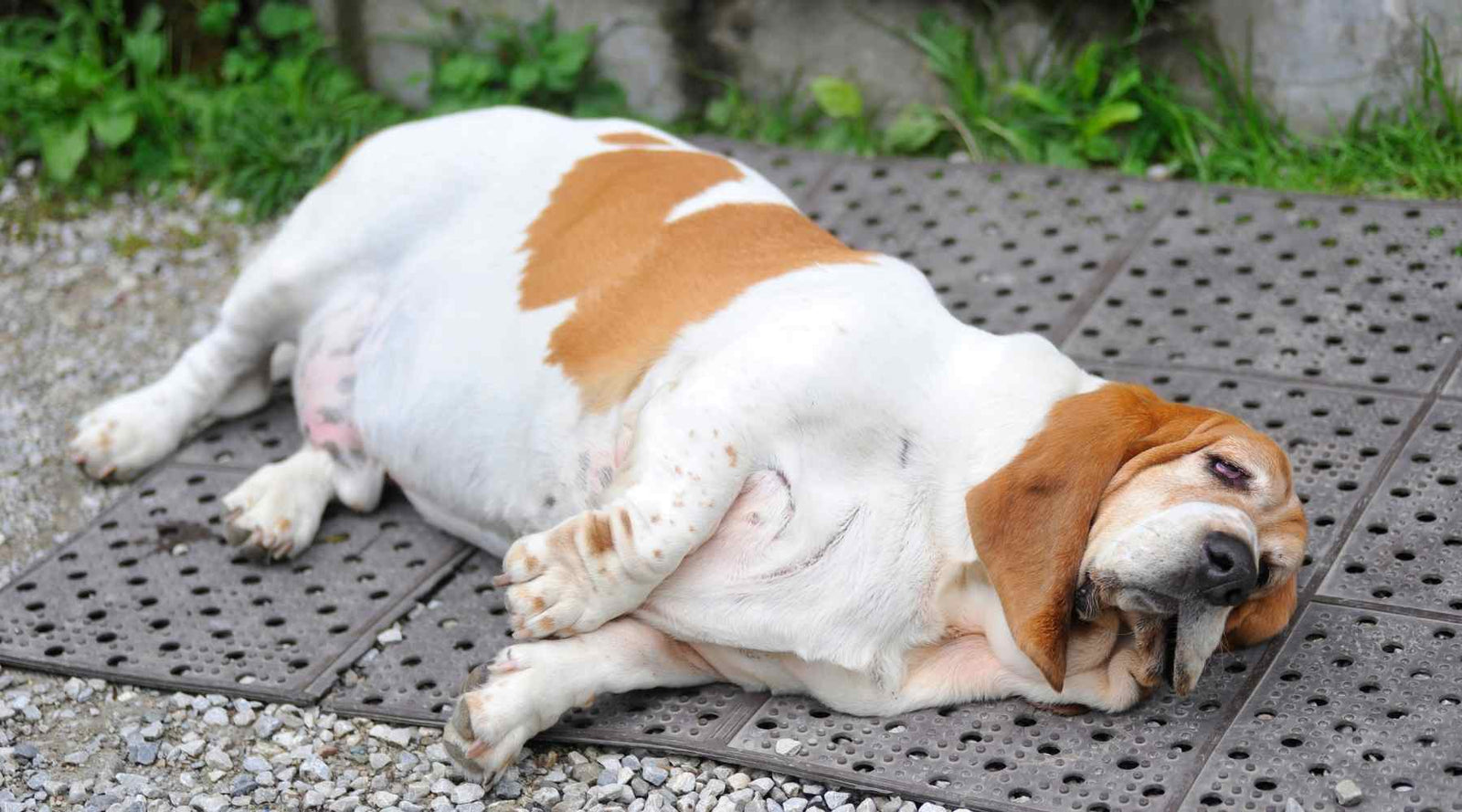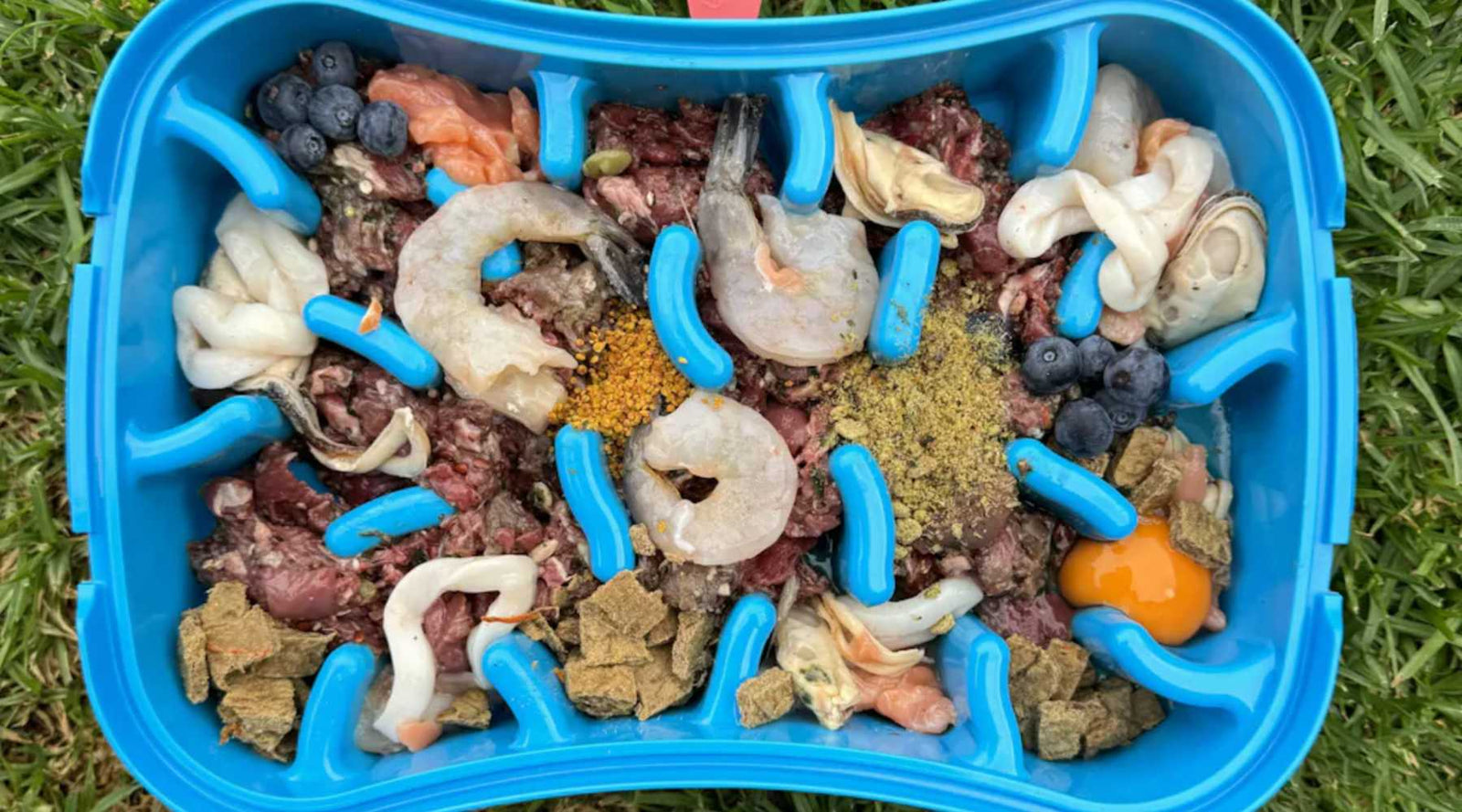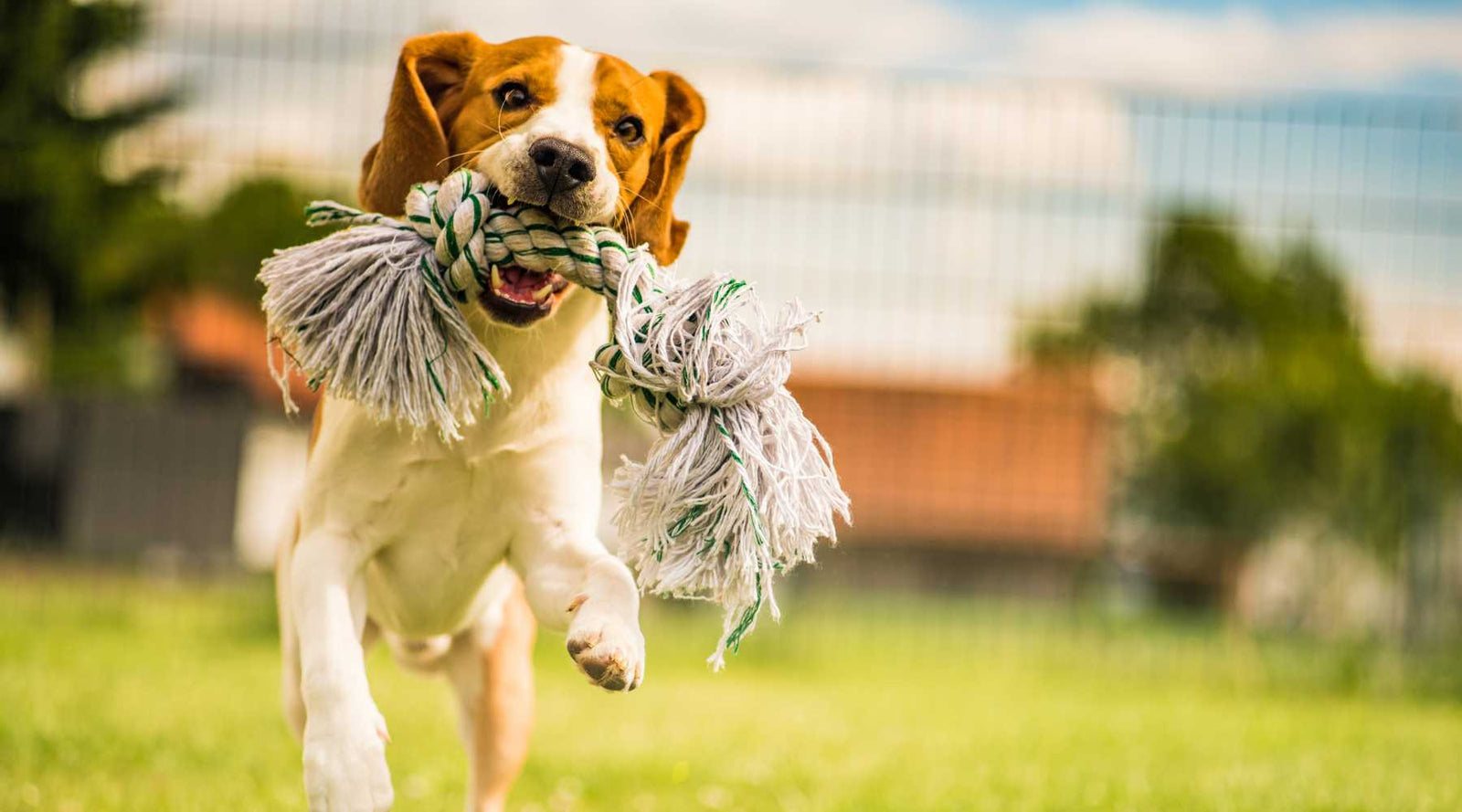Overweight Dog: What to Look for

Despite the best efforts of pet parents to give their dogs a healthier life, overweight dogs are a growing problem, bringing with them an array of concerns. Overweight dogs also experience various health problems, and obesity can exacerbate existing conditions. The best way to prevent weight issues is to avoid them, but getting an overweight puppy started on a weight loss program is never too late. It is just as important to know how to help your dog lose weight as to recognise that they need to.
What Causes a Dog to Become Overweight
With the pace of life so hectic, your dog's physical activity often gets overlooked, especially if he's not an energetic dog. It is thought that chronic overfeeding is one of the most significant contributors to overweight dogs, while lack of exercise also plays a role. Certain breeds are more likely to have obesity issues, including golden retrievers, bulldogs, and cocker spaniels.
Many illnesses in pets are caused by weight today. While some might find a pudgy pooch adorable, these animals are more likely to suffer from diabetes, heart disease, high blood pressure, and even cancer due to extra weight. Furthermore, your dog may have difficulty breathing or reduced heat tolerance. These are just a few.
Do You Know If Your Dog Is Obese?

It is usually considered obese when an individual's weight exceeds 20% of their ideal weight. Generally, weight gain occurs when a dog consumes too much food or does not exercise sufficiently.
Obesity is one of the most common health problems affecting dogs today. It affects nearly every breed of dog. You want to ensure that your furry friend stays fit and trim. But how do you know if your dog is obese? And what does it take to treat the problem?
You should seek professional help if you aren't sure whether your dog is overweight. You should seek the advice of your veterinarian to make that judgment. There are some signs you can look for at home between visits. Regardless of your dog's breed, you should be able to feel all of its ribs without fat covering them. As well as having a noticeable tuck-up between the chest and stomach, your dog's chest should also be wider than his abdomen. When a dog is overweight, there is usually no waistline or distinction between the chest and the stomach.
Overweight dogs can experience various health issues and medical conditions like heart conditions and kidney disease and reducing a dog's life expectancy. Additionally, you may notice he pants while walking, walks a bit slower than before, or sleeps more often. Fortunately, helping your dog lose weight is easy.
What to do

You could try many different things to help your dog lose some weight. Here are some tips to consider and prevent pet obesity and obesity-related diseases:
Move!
All dogs need regular exercise to remain healthy and happy. Age and activity level determine how much exercise a dog needs. If you're looking for ways to keep your dog active, here are some tips on how to do it.
Take Your Dog Outside
Taking your dog outside for walks every day is one of the best things you can do for him. Not only does it help him burn off energy, but he'll also enjoy the fresh air and sunshine. Make sure you take your dog for long walks - ideally for around half an hour each day.
Play Ball Games
If you want to play ball games indoors, make sure you choose ones that require lots of running around, like Frisbee and fetch. These games will help build up his cardiovascular fitness, making him less likely to become overweight later down the track. You could even try playing tug-of-war with your dog, improving his strength and agility.
Go For A Walk Together
If you live near a park or similar area where there are plenty of places to walk, go for a stroll together. This way, your dog gets to spend quality time with you while getting fresh air and exercise. If you live somewhere without much space for walking, why not look into joining a local dog club? They often organise social events such as walks and runs throughout the year.
Plan a schedule for individualised feedings

The best way to keep your dog healthy is to feed him well. But you don't want to overfeed him either. If he doesn't eat enough, he could lose weight. And too many treats are just as bad. You might find yourself giving in to your dog's demands because it seems like the easiest thing to do.
Your dog's weight loss plan must meet all their nutritional requirements while restricting calories.
The chances are, if your dog is overweight, he is eating more than he needs. As a starting point, ensure your dog regularly eats throughout the day. Your dog may overeat when you let him graze all day.
Now let's talk about portion control and access to food. Reduce the amount your dog eats slowly until you find the amount he needs to feel satisfied and maintain a healthy weight.
If your dog receives treats daily, subtract them from his daily meals. It's essential to keep in mind that what looks small to you will likely fill up your dog's stomach considerably. Consult your veterinarian if you are unsure of the proper portion size.
The check-in process

Regularly weigh your dog. It's essential to monitor your dog's progress as much as you would when trying to lose weight. In doing this, you'll learn how much food is optimal for maintaining a healthy weight in your dog, and you will also know what is too much and what is too little. A smaller number on the scale will be motivating, as well. If you want to check your dog's weight regularly, visit your local veterinary practice (or purchase a dog scale) rather than use a human scale. A baby scale can also be a more accurate measuring tool for smaller breeds. Maintaining the ideal body weight and condition is essential after achieving it.
Everyone needs to be on board.
To achieve your canine weight loss goals, weight management for your dog needs to be discussed with all household members. Overweight dogs will not lose weight if someone sneaks treats into their diet or feeds them a bit more than they need. For a change to be successful, it is as essential to make sure everyone onboard with the healthy weight loss plan as it is to make an effort.
Changing The Way Dogs Eat for Good!
As responsible pet parents, we know that you want to do everything to help. Living with a sick dog after a meal is no fun. Our two doggos, Marley and Belle, both like to eat fast! So we know exactly what it's like to live with a dog in pain and discomfort after eating.
We are introducing the Ultimate, Versatile 4-in-1 Slow Feeder Dog Bowl! We're excited this new slow feeder dog bowl combines modern design with innovative functionality. It's more than just a slow feeder. A slow feeder bowl that naturally slows your dog down at chow time, as well as a reversible lick mat so your pet can enjoy a variety of delicious foods like purees, stews, or wet food. An excellent bowl for easy delicious food prep and storage doubles as a dog-friendly travel bowl for your canine adventures.
Your dog will have a happier, healthier mealtime experience giving you peace of mind.



